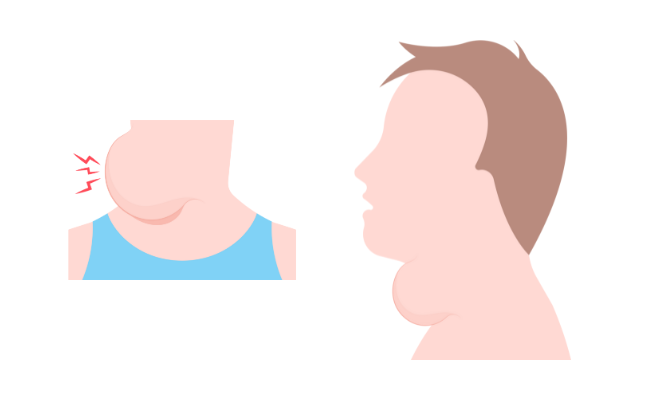How to Treat Cystic Hygroma?
- October 10, 2023
- No Comments

What is Cystic Hygroma?
Cystic hygroma is a congenital condition characterized by the formation of fluid-filled cysts or masses, typically in the neck or head region. These cysts result from the abnormal development of the lymphatic system during fetal growth. Manifesting as non-cancerous growths resembling fluid-filled sacs, cystic hygromas frequently develop on the neck of newborns.
Their formation is attributed to a blockage in the lymphatic system, resulting in the accumulation of fluid beneath the skin. While these cysts pose potential life-threatening risks, including the possibility of miscarriage or stillbirth, treatment options aim to diminish cyst size or surgically remove them. Early intervention is critical to addressing these concerns and ensuring the well-being of both the newborn and the expectant parent.
Why is Treating Cystic Hygroma Important?
- Airway and Breathing Difficulties: Cystic hygroma can lead to the compression of airways, causing difficulties in breathing and potential respiratory issues. Timely treatment is crucial to address these concerns.
- Infection Risk: The fluid-filled cysts may become infected, leading to complications. Treating cystic hygroma helps mitigate the risk of infections and their associated health consequences.
- Preventing Growth and Complications: Early intervention is vital to prevent the growth of cysts and potential complications. Larger cystic hygromas may be more challenging to manage, making early treatment essential.
How to Treat Cystic Hygroma?
- Medical Monitoring: Regular medical monitoring is crucial to assess the size and progression of cystic hygroma. Close observation allows healthcare professionals to determine the most suitable course of action.
- Surgical Intervention: Surgical removal of cystic hygroma may be considered, especially in cases where the cysts are causing significant compression of vital structures or if they are prone to infection.
- Sclerotherapy: Sclerotherapy involves injecting a substance into the cysts to induce shrinkage. This treatment is particularly considered for smaller cystic hygromas and is often performed under imaging guidance.
- Laser Therapy: Laser therapy may be employed to reduce the size of cystic hygroma. This involves using a laser to target and seal the lymphatic vessels contributing to the cystic formation.
Treatment Solutions for Cystic Hygroma
- Multidisciplinary Care: Managing cystic hygroma often requires a multidisciplinary approach involving pediatricians, pediatric surgeons, radiologists, and other specialists. Coordinated care ensures a comprehensive treatment plan.
- Supportive Care: Supportive care may involve addressing symptoms and complications associated with cystic hygroma, such as respiratory difficulties or infections. This may include the use of respiratory support or antibiotics when necessary.
Benefit Points of Cystic Hygroma Treatment
- Improved Respiratory Function: Treatment aims to alleviate compression on airways, improving respiratory function and reducing the risk of breathing difficulties.
- Reduced Infection Risk: Addressing cystic hygroma helps reduce the risk of infections associated with fluid-filled cysts, promoting overall health and well-being.
- Preventative Measures: Early treatment can prevent the further growth of cysts and potential complications, offering a more favorable outcome for the affected individual.
- Enhanced Quality of Life: By addressing cystic hygroma and its associated challenges, individuals can experience an enhanced quality of life with improved breathing and reduced health risks.
- Comprehensive Management: A multidisciplinary approach ensures comprehensive management, taking into account various aspects of the condition and tailoring treatment to the specific needs of the individual.
Comments (0)